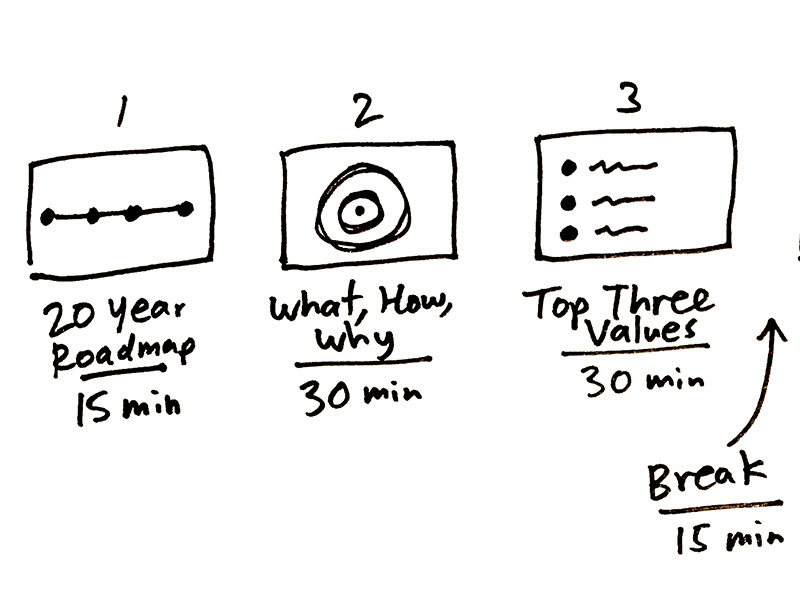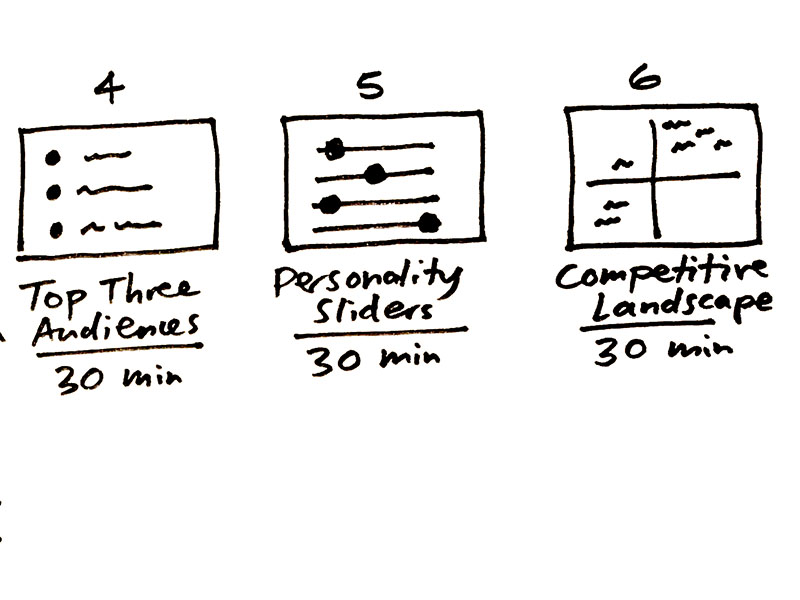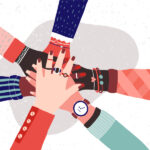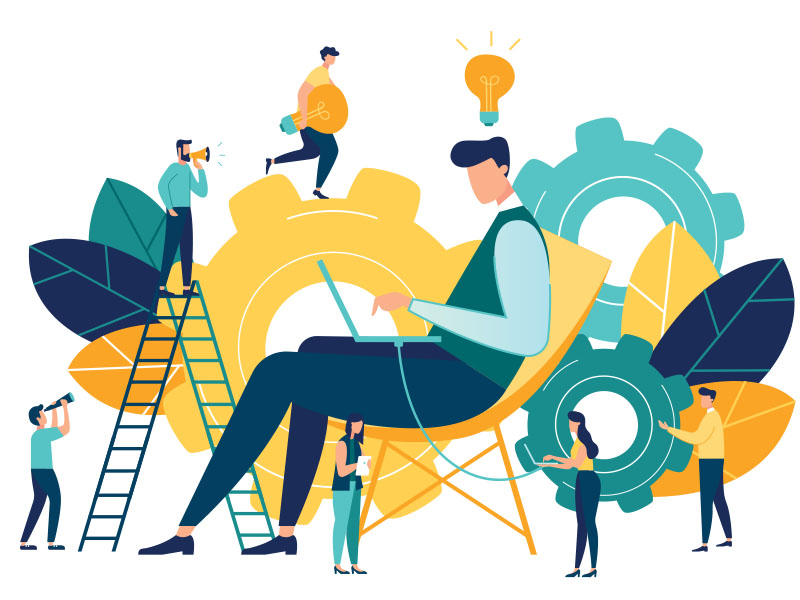
How can Graphic Design bring about Change to Society for the Good?

Part 1: Research User-Centred Design Processes or Tools
As discussed in previous posts, this week’s topic was service design. Service design is the process in which a designer focuses on creating and optimizing service experiences (read more about it here). There are various tools out there that can be used during the design process. There are numerous tools out there for designers that can be used to generate ideas, process data and bring together stakeholders from different fields of expertise to work alongside designers. These include:
- Virtual meeting survival kits: Concept created by IDEO, these kits consist of number of items that come in handy during a virtual meeting. These include a compartment for phones, mini whiteboards to sketch out ideas quickly whilst in the meetings, flashcard book and other items that are often used during a regular meeting in an office. Although it may sound trivial, as adults we still enjoy unwrapping gifts and get new things to play with. Given the current situation where numerous people are now working remotely, virtual meetings are taking place a lot more. Having such kits will make participants get into a new routine easier by having familiar items handy.
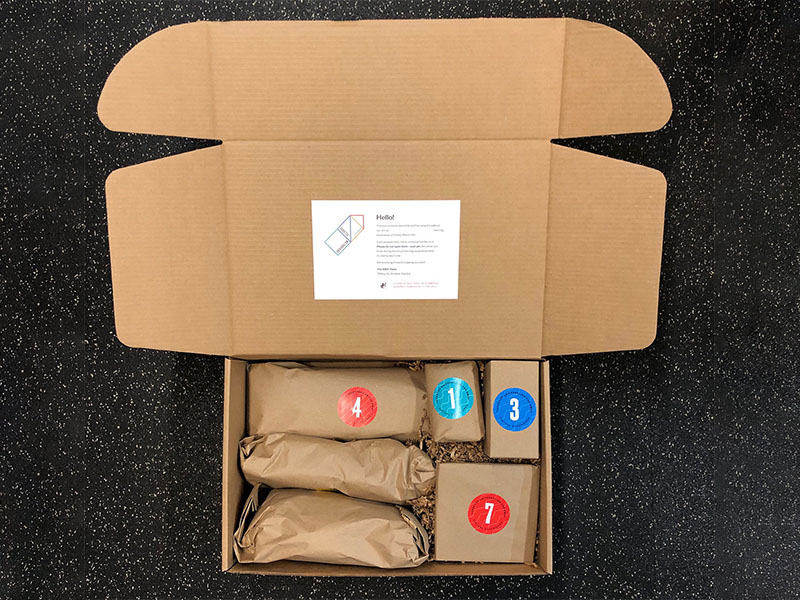
- Role playing: As the name suggests, role playing helps in looking at concepts from a different perspective and also identify opportunities and limitations. Such an exercise requires some preparation prior to conducting it, such as identifying the specific ‘roles’ – the user, the employee, the creator etc. – and each individual will act out the scenario based on the role that is given. In spite the preparation, if done correctly, whilst the team is ‘acting the role’ the rest of the audience can learn about the potential idea and understand better the sequence of actions.

- Brand sprints: A brand sprint in an expressive exercise that helps in igniting idea generation to a series of exercises helping in turning ideas into a clear brand image in the process. This one particular ‘tool’ – or ‘exercise’ rather, that I find useful is ‘the brand sprint exercise’. We often make use of it at work when we are working on a new branding project.
The 3-Hour Brand Sprint Exercise
This version of the Brand Sprint Exercise was created and is used by Google to put abstract ideas into perspective and segment it into parts that are easier to understand. It consists of six exercises that start off from generating idea, adding detail to concluding by identifying the target market and potential competitors. From a personal perspective, this exercise is very useful as it helps in generating ideas quickly and very efficiently. In addition, it brings together multiple stakeholders together, which is a constant in all projects at work, and since the exercises are easy to understand and to get into, it makes it easier for stakeholders that are not necessarily in the creative field to engage with the project in question.
Part 2: Research an Existing Campaign or Service Design Project
The second part of this week’s challenge is to look at existing campaign that helped in raising awareness and promoting change. Initially, I was considering the ongoing awareness campaigns around the COVID-19 pandemic, however, given that the media is overloaded with this, I thought of looking into something else entirely. For this task, I am looking at female empowerment campaigns.
Real beauty by Dove – 2004 till present day.
The personal care brand Dove is known for the female empowerment campaigns that promote body positivity and ‘real’. Beauty’ as the brand aptly describes the campaigns. The Dove Campaign for Real Beauty started in 2004 with the “Beyond Compare: Women Photographers for Real Beauty”. This first campaign featured works from 67 photographers where they featured portraits of various females from all walks of life. Following the success of this first campaign, Dove, in collaboration with Oglivy & Mather, extended this campaign through the years by making films exhibitions and interviews.
The one that struck me the most is the Dove Real Beauty Sketches that was launched in 2013. The media often portrays impossible beauty standards which can influence one’s self-esteem greatly, thus obscuring one’s perception of self-image. The team at Dove decided to conduct an experiment of sorts. They chose a group of women and asked to describe themselves to FBI forensic artist Gil Zamora, where he drew a portrait of them based on their description without ever looking at their faces. Then these same women were tasked to describe someone else in the group and again Zamora would make a sketch based on that description.
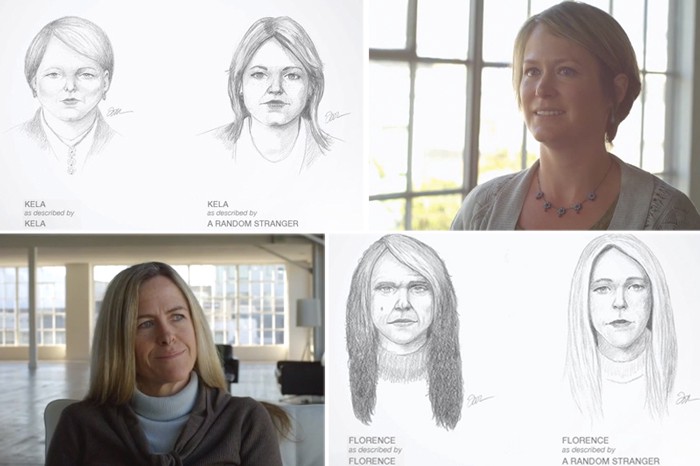
These are two of the women chosen for this campaign video, along with their portraits. 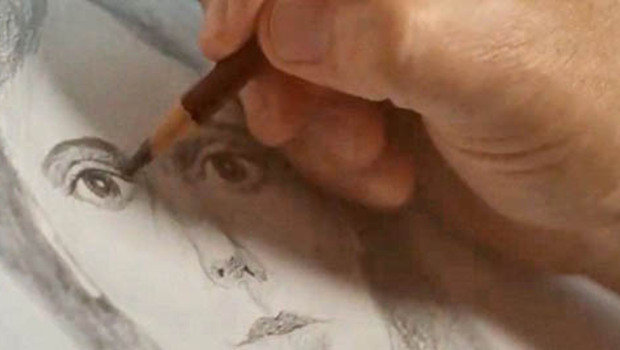
Close up shot of one of the portraits. 
Gil Zamora, FBI forensic artist. Behind the curtain is where the women sat and described themselves and their assigned participant. 
All the sketches where set up in an exhibition space for viewing.
The end results were very different. The portraits that were described by the other person were more beautiful than the self-described portraits. This result proved the point and met the ultimate goal of this campaign – that others do not spot the flaws first. “You’re more beautiful than you think.” This exercise was documented in a film that has been watched over 180 million times since its release. Dove has since launched other campaigns that tackle the issue of self-confidence and self-empowerment for women. We live in a day and age where we seek validation from others to prove that we are succeeding in life. However, this also exposes us fully, meaning that everyone is subject to scrutiny and the resulting feedback may be very negative. In addition, because of this exposure, we are constantly trying to measure ourselves up to what we deem ‘perfection’.
I like it when campaigns are visual rather than mere leaflets because it makes an argument tangible. A point comes across better when its visual. Also, in this case, since beauty is a ‘visual’ concept, it makes the campaign even more effective. Empowering each other makes the world a better place indeed, now more than ever.

